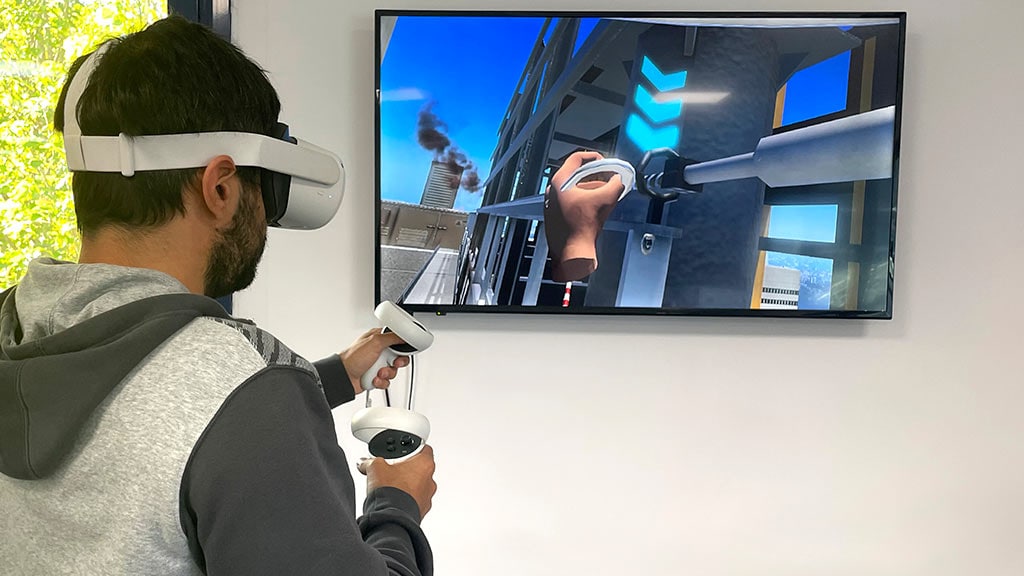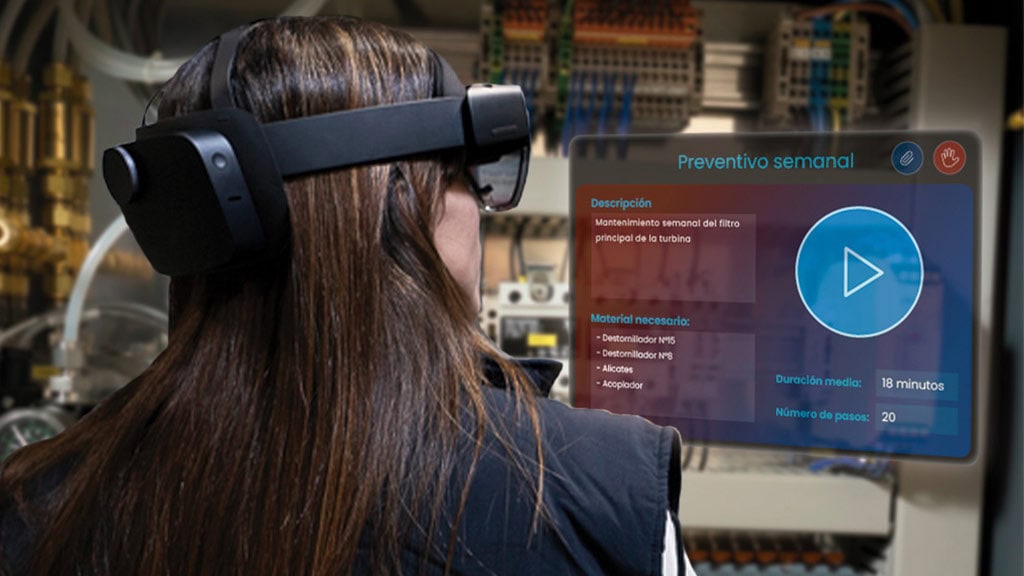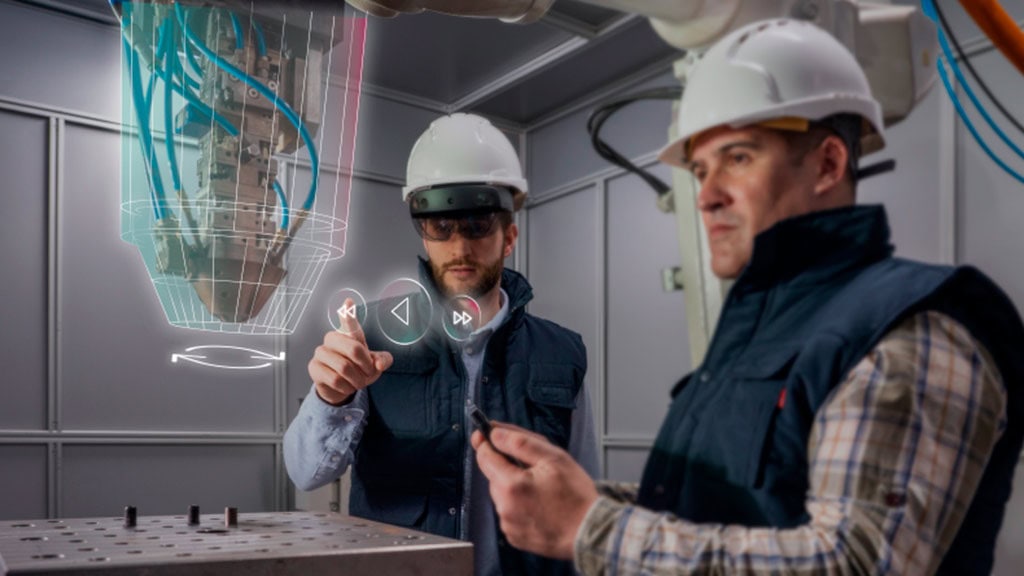In the digital age, immersive technologies are profoundly transforming the way we interact with our environment and access information. They combine digital elements with the physical world, creating unique visual and sensory experiences.
Within this field, the term Extended Reality (XR) encompasses three main technologies: Virtual Reality (VR), Augmented Reality (AR) and Mixed Reality (MR). But do you really know what the differences between them are?
Virtual Reality, a leap into the digital world
Virtual Reality transports us into a fully digital environment and offers a level of total immersion. Through an opaque visor equipped with screens (HMD), users are immersed in a virtual environment that can be a 360-degree video or an interactive three-dimensional space. The latter is a much more complete experience, offering a higher level of control and active participation.

Although most people have known about Virtual Reality because of its link to the video game industry, today this technology is much more than entertainment and is already being used in a wide range of areas. For example, it allows designers to visualise prototypes before producing them, reducing costs and risks, and it is also used to train workers in dangerous or complex environments, such as power plants or production lines, simulating real scenarios safely.
Moreover, in the educational field, Virtual Reality simulators are a very effective training tool, as they offer interactive practices, such as operating machinery or carrying out procedures, without the need for physical equipment. On the other hand, this technology is revolutionising the shopping experience for users, helping to facilitate their decision-making.
Virtual Reality is currently moving towards greater personalisation through the use of Artificial Intelligence, allowing the creation of more realistic scenarios adapted to the particular needs of each user. In addition, the integration of new haptic sensors is being explored to add a tactile dimension to experiences.
Augmented Reality enriches the real environment
Augmented Reality enhances the perception of reality by superimposing digital elements on the physical environment. Through devices such as smartphones, tablets or AR glasses, users can view 3D models and other relevant data about real objects, enriching the environment with digital information.

In the industrial field, Augmented Reality allows technical operations to be carried out with real-time visual assistance, showing instructions directly on the machines, which is also very useful in training.
For its part, this technology enhances the customer experience by allowing customers to virtually try out products, such as furniture in their own home, before making a purchase.
Augmented Reality is currently evolving towards lighter and more powerful devices, facilitating its mass adoption. In addition, integration with 5G networks is expected to significantly improve the quality and speed of applications.
Mixed Reality, the meeting point between VR and AR
Mixed Reality combines elements of Virtual Reality and Augmented Reality, creating a space where the real and virtual worlds coexist and interact. Unlike AR, where digital elements are superimposed on the environment providing an additional layer of information, in MR, these elements interact with the physical environment and respond to the user’s actions.

Its main application is industry, as it is used to optimise procedures of different kinds, providing technicians with interactive and contextualised guidance while they work.
Imagine, for example, that you are in a factory. A worker wearing Augmented Reality glasses could see the instructions superimposed on the machine they are repairing, so that the physical environment would be the focus and the digital information would be an added layer. In the same scenario, with a Mixed Reality technology, the operator would not only see the instructions on the machine, but these could be adapted according to what they are doing and, in addition, they could virtually manipulate the components.
While Virtual Reality immerses us in a completely digital world, Augmented Reality enhances our perception of the physical world with digital elements, and Mixed Reality merges both worlds to offer unprecedented interactive experiences. Each of these technologies has its own fields of application, and together they are redefining education, industry, marketing and other sectors.


